Fusenews: Different cultures. Same battlefield.
 Happy Leap Day! Unlike Leap Day William here I have no candy to bestow upon the weeping children of the world, but I do have some keen links. First and foremost, this old newspaper article (possibly The New York Times) courtesy of Andrew Fairweather. It’s a little difficult to read here but it says, “THE QUESTION: As a librarian, what was the most unusual request ever made of you?” Between the voracious pygmy pig, the nightingale being attacked and the primo embalmer, these are some good reference questions!
Happy Leap Day! Unlike Leap Day William here I have no candy to bestow upon the weeping children of the world, but I do have some keen links. First and foremost, this old newspaper article (possibly The New York Times) courtesy of Andrew Fairweather. It’s a little difficult to read here but it says, “THE QUESTION: As a librarian, what was the most unusual request ever made of you?” Between the voracious pygmy pig, the nightingale being attacked and the primo embalmer, these are some good reference questions!
Thanks to Andrew Fairweather for the image.
- Just in case you missed it, on Febrary 24th there was a great piece called “You Will Be Tokenized” in Brooklyn Magazine which moves heaven and earth to correct many misconceptions about working in the publishing industry today (monetary misconceptions amongst others).
- Shoot. This was brilliant. The Millions piece on The Anxiety of Influence: Children’s Books and Their Grown-Up Counterparts isn’t like all the other puff pieces about children’s literature out there. Somebody actually put some thought into it. I mean, Knausgaard and Richard Scarry in the same breath? I am impressed. Thanks to PW Children’s Bookshelf for the link.
- I’m not one for wallpaper.
What’s that, you say?
You said there’s Carson Ellis wallpaper out there?
I’ll take three houses’ worth, thank you.
Thanks to Alison Morris for the link.
- Speaking of PW, if you didn’t follow their recent link to this story on publishing children’s literature in Russia, you need to double back and do so. This is the kind of story I’d like to hear about more often. International publishing is absolutely fascinating to me and we hear so little about it.
- Read that article and then follow it up with a brief examination of the talk, “Brown Gold: African American Children’s Literature as a Genre of Resistance.” In one case you have a government cracking down on precisely what children can and cannot read (“Between the ages of 6 and 12, children were allowed to learn about illness but not death”). On the other you have an examination of children’s books by, “Alice Walker, bell hooks, W.E.B. DuBois, Nikki Giovanni, Maya Angelou and James Baldwin…” The sole problem with this piece is that it doesn’t delve into Michelle Martin’s speech or link to a transcript. Still, I love pairing the authoritarianism on the one hand and the resistance on the other. Different cultures. Same battlefield. Thanks to Phil Nel for the link.
- Daily Image:
And finally, Boing Boing recently highlighted these shoes from Irregular Choices. And though they may require taking out a loan on your home, I wouldn’t say no if you wanted to bequeath them to me in some manner. I’m a size 9 1/2, in case you’re curious: 
 Previous shoe-related posts may be found here.
Previous shoe-related posts may be found here.
Filed under: Fusenews
About Betsy Bird
Betsy Bird is currently the Collection Development Manager of the Evanston Public Library system and a former Materials Specialist for New York Public Library. She has served on Newbery, written for Horn Book, and has done other lovely little things that she'd love to tell you about but that she's sure you'd find more interesting to hear of in person. Her opinions are her own and do not reflect those of EPL, SLJ, or any of the other acronyms you might be able to name. Follow her on Twitter: @fuseeight.
ADVERTISEMENT
ADVERTISEMENT
SLJ Blog Network
2024 Books from Pura Belpré Winners
Winnie-The-Pooh | Review
Parsing Religion in Public Schools
Crafting the Audacity, One Work at a Time, a guest post by author Brittany N. Williams
ADVERTISEMENT

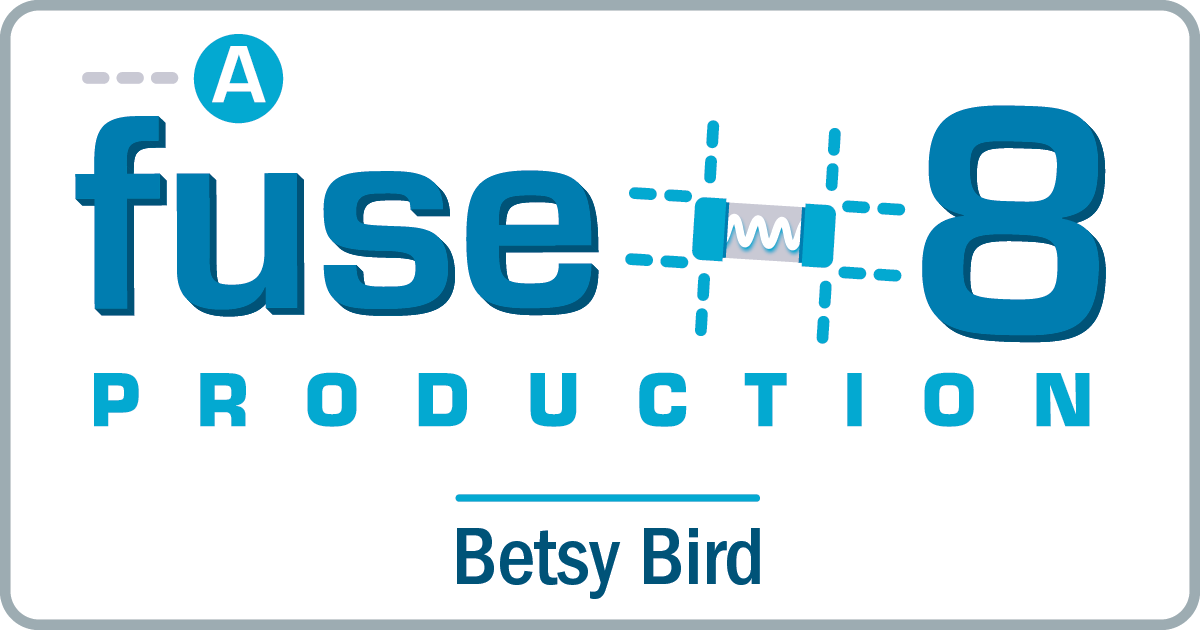


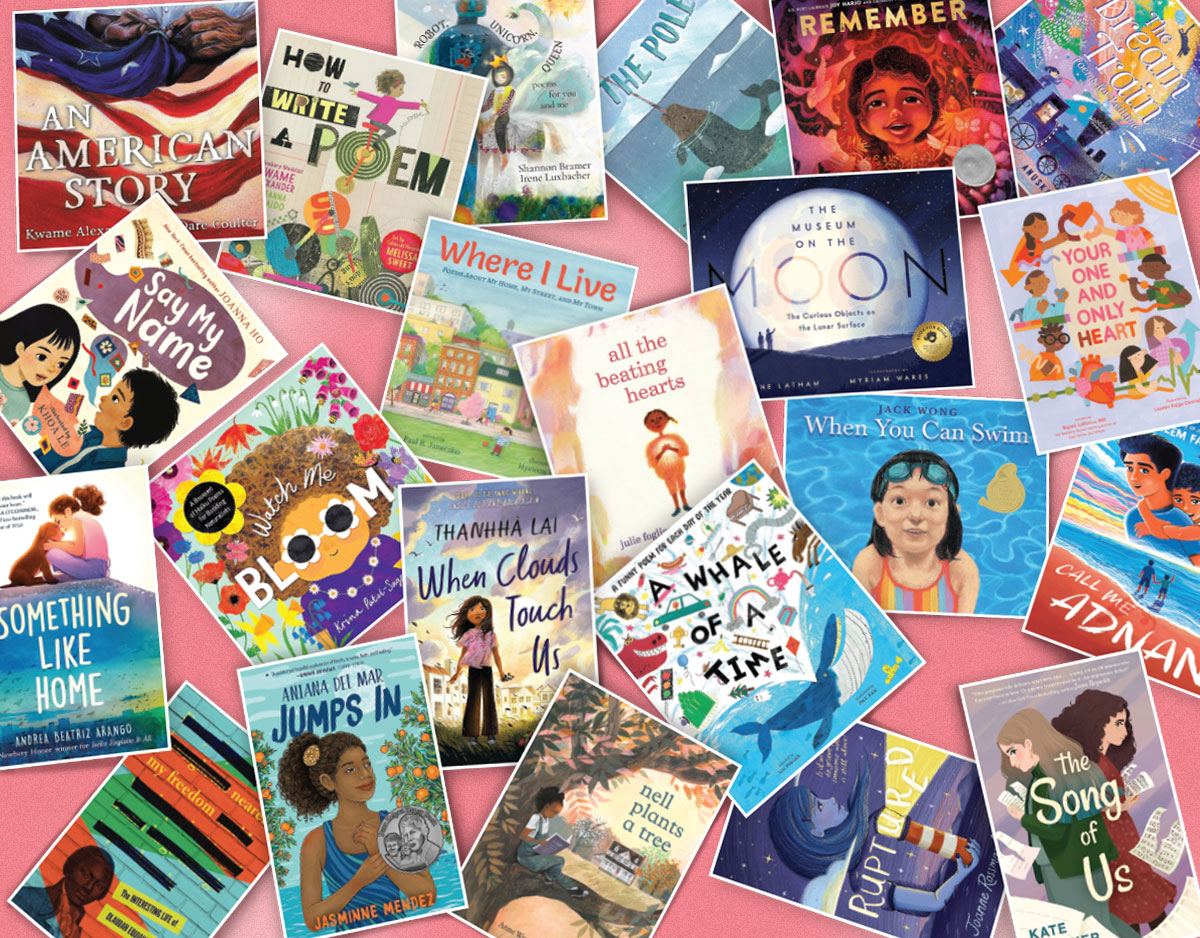
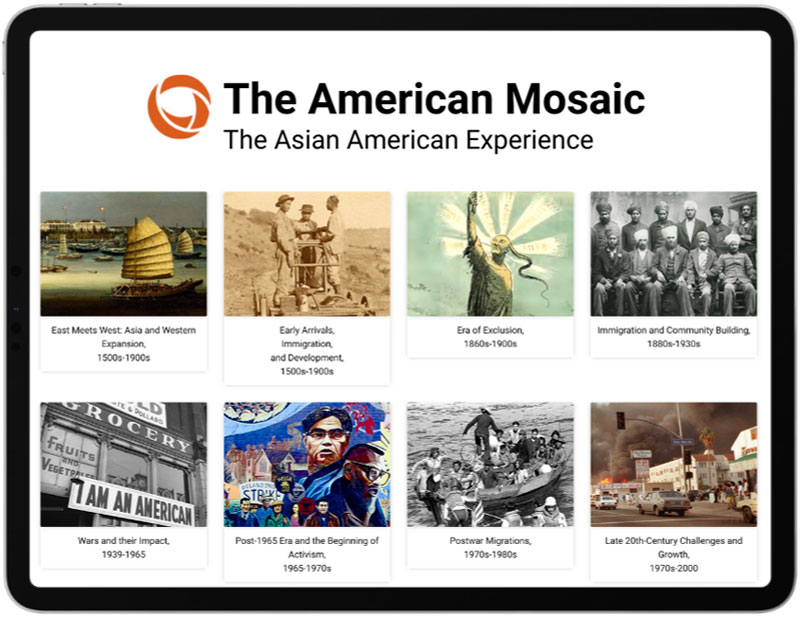

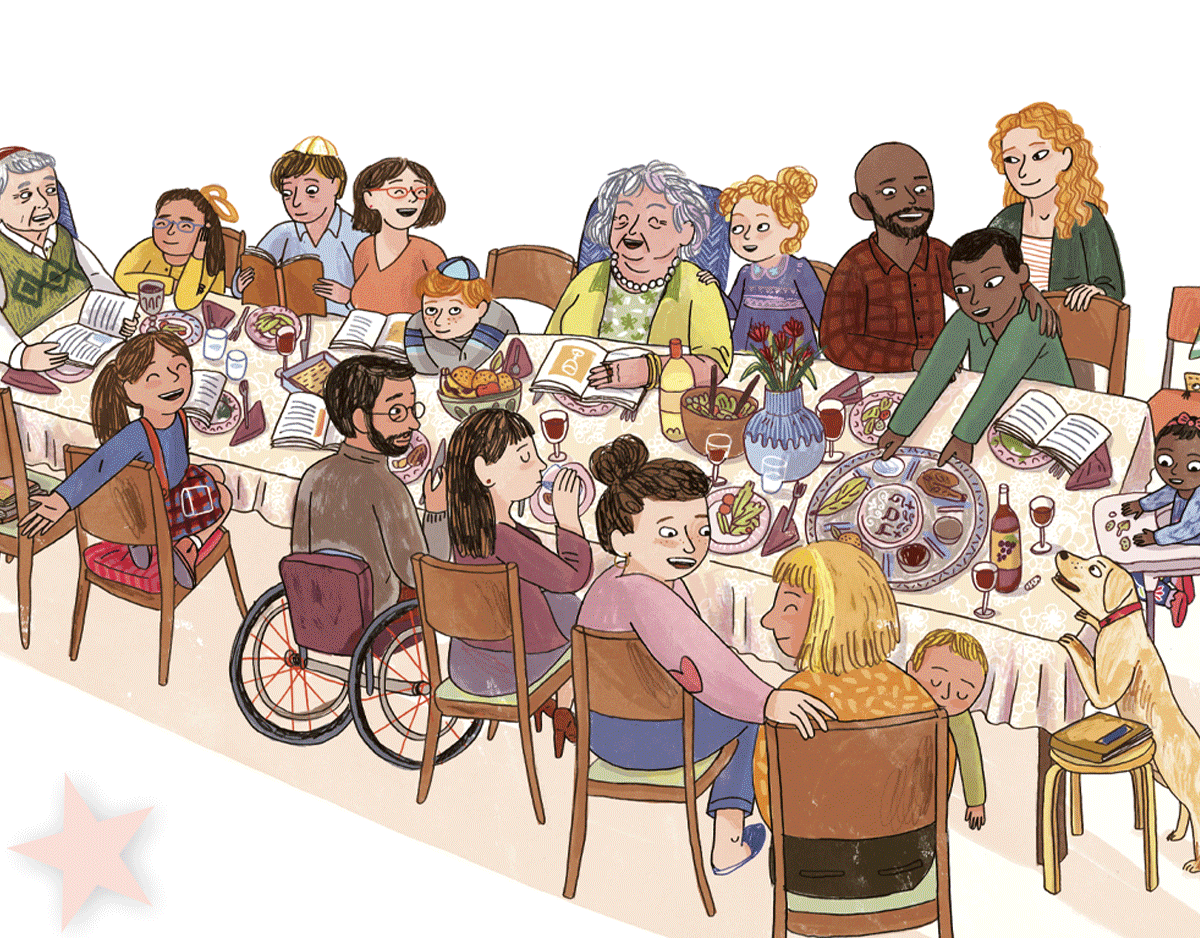
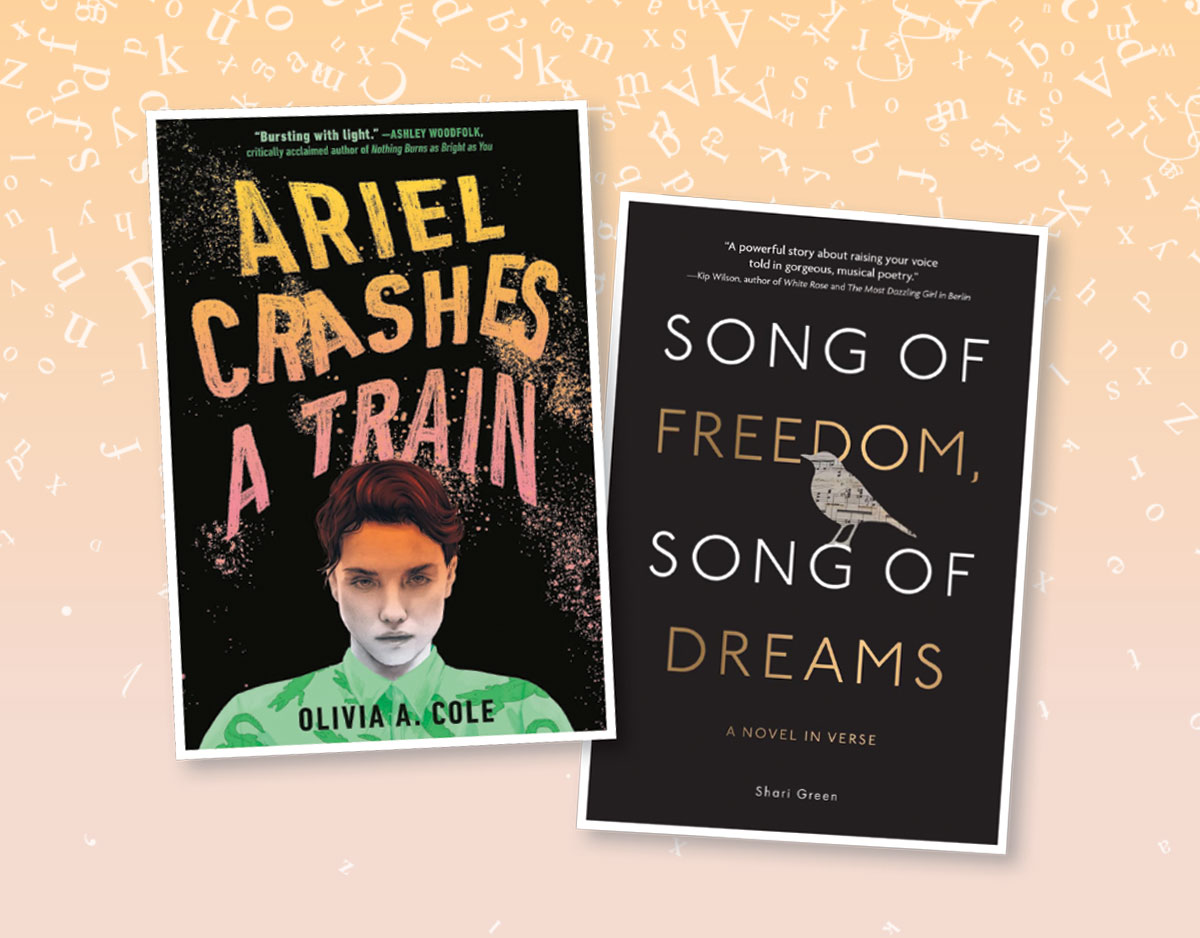
Wow, I never knew I wanted wallpaper until this very moment.
On that first one, are we certain it was a pig, and not a person? 🙁
We are not certain at all but we’re hoping desperately for it to be a pig. Really really hoping.
First, please God let my daughter not see those shoes. The girl is a serious shoe obsessive and daddy is tired of single-handedly supporting Zappos.
From the linked Brooklyn piece:
“Of the 3,500 children’s books reviewed by the Cooperative Children’s Book Center in 2014, only 400 were about indigenous peoples and people of color. Only 292 were written by an indigenous person or person of color. For every one indigenous writer or writer of color who was published, there were 12 white writers.”
African-Americans are 13% of the population, and that number has been stable for a while. Native Americans are just under 1%. So if publishing were perfectly balanced of the 3,500 books surveyed 910 would be about those two populations. If perfect parity is the goal, we are at about 44% (Check my math, I’m not a STEM person.)
Unfortunately not all percents are equal. 14% of the population is AA or NA but that 14% controls a much smaller percentage of the wealth. As a guy who couldn’t afford to buy a hardcover until well into my 30’s, I can tell you that people without money to pay rent are not going to buy a $17 hardcover. Which means black kids are going to be more dependent on libraries, less likely to hand B&N what may amount to the difference between keeping the lights on and not. Unfortunately, we are not exactly showering money on libraries. If we seriously mean to get more books to more POC readers, more money for library acquisitions would be very helpful.
Good luck with that. I’m sure that’ll be high on Donald Trump’s to-do list.
Another approach is of course to cut the cost of books. But these are not publishing’s salad days. Publishing is under financial pressure and thus ever-more-obsessed with creating big hits, mirroring what’s happening in movies. In fact Hollywood plays a very big role in creating YA megahits – Hunger Games, Harry, Twilight, Divergent, TFIOS- but has far less interest in younger titles. The hits pay the bills for the mid-list, so we all want to see the hits keep coming, but the model means publishers will tend to go “safe” rather than risky. Are books starring POC less likely to make it to the big screen? Did you watch the Oscars?
One obvious solution to cutting cost is e-books. E-books do not need to be $9.95, that price is more about not undercutting the paper market than it is about actual costs of production/distribution for e-books. Many schools, even in poorer districts, are making laptops available to students, so in theory e-books would be part of a solution. But but one of the things that has really surprised me is the resistance of even YA readers to e-books. And in any event publishing has approximately zero interest in cutting into their already thin profit margin or increasing their already substantial risk.
So, OK, a system where profit-hungry publishers are reluctant (or unable) to cut prices and are anxious to create more BIG books, is not going to solve the problem. This is a capitalist system, capitalists chase profit, and if 14% of the population only controls 1% of the wealth, that’s a problem.
There are small-bore solutions that have small-bore effects, but so long as the system is a beast in search of money rather than social justice, the solution is unlikely to come from publishing. Social pressure will move the needle a point or two, but probably not more. It won’t make up long-term for the absence of POC lead characters (or writers.)
Adding to the steepness of the slope are demands that books about or by POC be bibliotherapeutic, which is why, Betsy, I appreciated your piece the other day on giving permission to writers of color (and white writers) to write entertaining stuff rather than feeling pressured to write definitive, transcendent works of high literature.
It is incorrect to say that writers of color cannot get published. It takes 30 minutes to put a manuscript up on Amazon. The difficulty is in getting paid. (This is the United States: it’s always about money.) And getting paid requires profit. Profit requires sales, which takes us back to 14% with just 1% of the wealth. Boil it down and we need to go from 400 books to 910 books, more than doubling current output. How do we do that given the various gvens?
I have an idea which is probably dumb, but what the hell. Why not create a minority publishing non-profit funded by a voluntary and self-imposed “tax” of, say 1%, on more well-paid writers, and a matching amount from their publishers. In effect this would be a redistribution from only the top end, the equivalent of raising taxes on the wealthy. A writer earning more than 200k (just a place-holder number) would contribute 1% of everything above that amount, and publishers who hit a certain threshold of sales on a particular book would match that amount. That would put hundreds of thousands, perhaps millions of dollars (again: not a math person) into this non-profit. Use a third of the money to develop POC talent, a third goes to poorer kids in the form of a book voucher they can use in any bookstore, bricks-and-mortar or digital, and the remaining third goes to support school library acquisitions.
This would not require a revolution in the system, it would cost publishing very little as they’d only be giving up a small fraction of their most successful titles. 90% of writers are bleeding heart liberals and I think response from writers would be good. (I’d have no problem with it, neither would my wife.) Publishers and writers could take it as a deduction on taxable income, so the net cost would actually be less than 1%. Money in the form of vouchers would flow to the 14%, from thence to the retailers and some of it would go back into the non-profit. Minority writers would get some support, perhaps in the form of development grants, and school libraries in poorer districts would get some targeted cash for acquisition of the titles produced in connection with the non-profit corporation. In theory we’d have created a viable market parallel to the existing market, and if sales resulted we’d have a sort of proof-of-concept. If the bigs saw sales (and hence profit) being created they would leap like hungry tigers to exploit it, and problem solved.
The details would be a bitch, but since in the end it’s a pretty basic (and quite small) wealth-transfer I don’t think it would be insoluble. But you don’t change capitalism by yelling at it, capitalists seek profit (as well they should) and no amount of pressure will make a lasting change in that essential dynamic. So let’s go Bernie Sanders on it, tax the rich, support the not-rich a little. In theory this would give us more writers of color, more books about POC characters, and thus: a market. Try it for ten years, re-evaluate.
Then again, it’s probably a dumb idea because in addition to not being a STEM person, I am also not a businessman as my accountant will enthusiastically attest.
The issue of diverse books is about supply and demand. There’s less supply because there isn’t a demand for those books. More diverse books are being published but getting non-poc to buy them and read them is really the problem to be solved.
I think this is in part a consequence of the insistence by many of the well-meaning that books by or about POC be bibliotherapeutic. “Good for you” books. Minority kids want to read Hunger Games, too. A black Divergent or Fancy Nancy or Wonder would be the best thing for minority representation in the market.
I don’t believe readers reject minority characters, the big fan favorites from my own Gone series (setting aside the ‘hot’ white sociopath,) are an undocumented Honduran gay boy and a black lesbian. This list of fan’s top ten Animorphs books includes two with Cassie, an African-American girl on the cover who also serves as narrator: http://cinnamonbunzuh.blogspot.com/2012/12/ifis-list-of-lists.html. I can check our royalty statements but I don’t think there was a fall-off in sales for books with a black character on the cover, and that was almost 20 years ago. I think some publishers believe a black face on the cover hurts sales, but if it’s an entertaining rather than a “good for you” book, I suspect they’re wrong.
Preee-cisely my point. The only reason people think black faces don’t sell is that so much of those time those faces are set against sepia backgrounds. Fun Fact: Sepia doesn’t sell. Brown covers? They do not sell. Not if the book looks old-timey.
Wow, I feel shallow after that marvelous comment but I just have to ask you, Betsy–what’s the strangest reference question YOU’VE ever had? And would you ever wear a hat like one of those?
Strange isn’t quite right. As a children’s librarian when you get asked things it’s sort of on a different level. My favorite was the kid who came in (couldn’t have been more than 4 years old) and asked for the book about the woman in the white hat, “SHE’S NOT A PILGRIM!!!” and the baker and baby Jesus. Upon further questioning he mentioned a pasta pot. Don’t know how baby Jesus worked into all of that, but he was thrilled when I pulled STREGA NONA off the shelf.